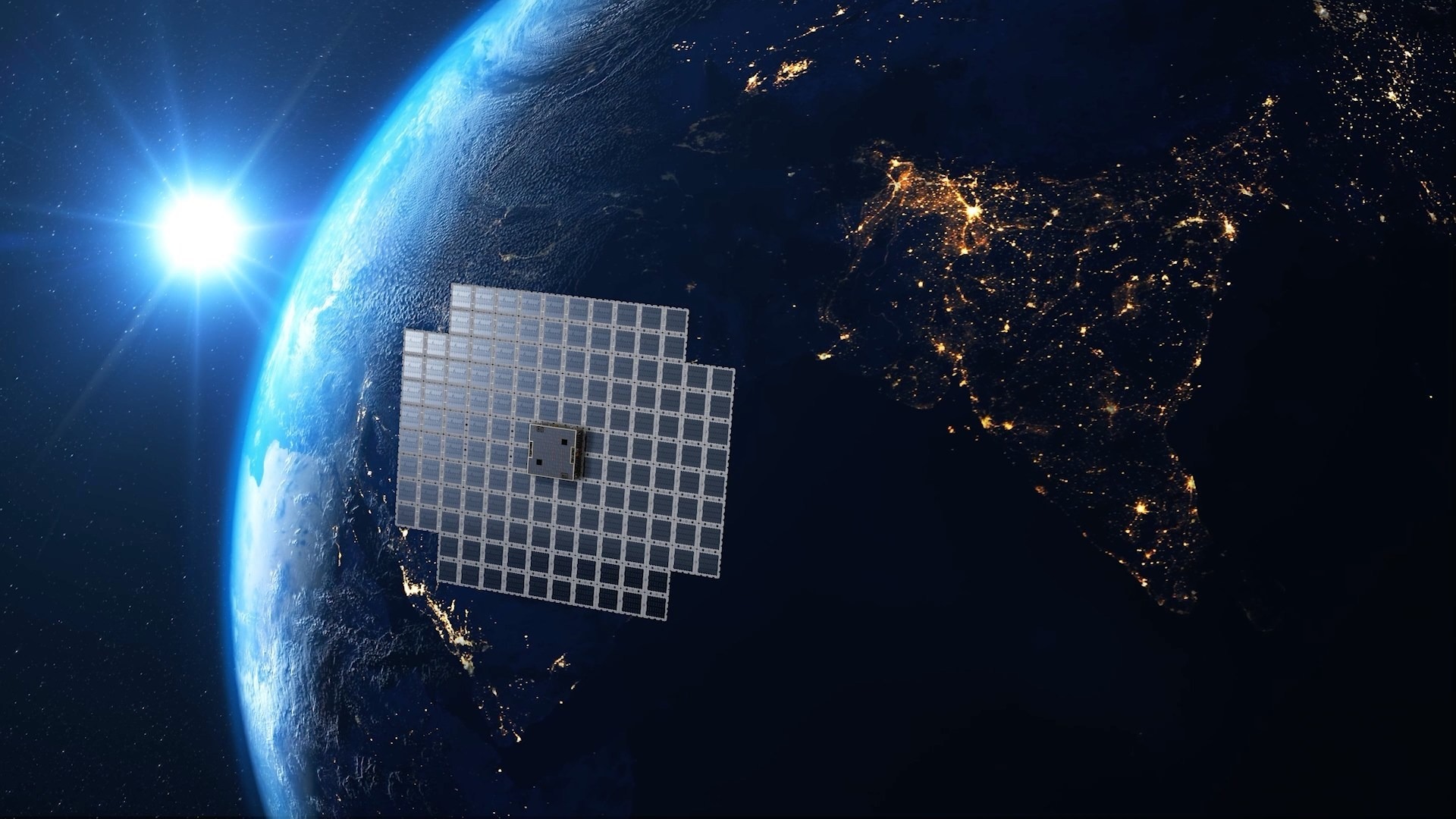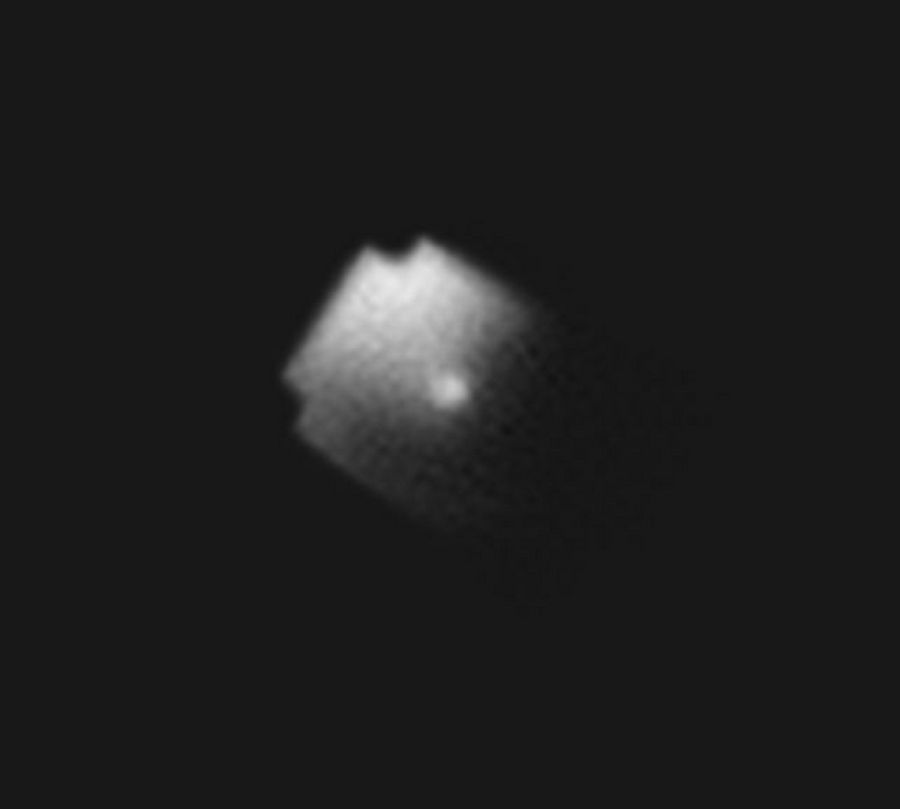The problem of excessive concentration of satellites in low Earth orbit is growing every year. The satellite, which was launched in September 2022, became the most brilliant object in the night sky. But the concern is that the spacecraft called BlueWalker 3 is just a prototype, and the company AST SpaceMobile, which created it, has ambitions to build a whole space fleet of such satellites.

An international group of scientists led by astronomer Sangeetha Nandakumar from Atacama University in Chile is sounding the alarm. According to them, it is urgently necessary to take more effective measures to reduce the impact of these satellites on astronomy as soon as possible.
Chaos in orbit
There are strict rules for airspace on Earth. However, beyond a certain height, the rules end — there are no clear rules regulating events in space. This leads to absolute chaos.
According to the Orbiting Now website, 8693 artificial satellites are currently orbiting the Earth, most of which are placed in low Earth orbit. In total, more than 16,650 objects were launched into space, with 5,000 of them being SpaceX’s Starlink, the number of which is constantly increasing.

It seems everyone wants their own piece of satellite pie. Scientists predict that by 2030 there may be about 100 thousand satellites in low Earth orbit, which will change the night sky like never before. Starlink tries to reduce the impact of its spacecraft by painting them in dark colors to reduce their brightness.
Bright satellite, like a star
But BlueWalker 3 highlights the urgent need to regulate outer space. A satellite is a communication device that is designed to receive energy from space and transmit broadband cellular communications directly to a smartphone. The area of its antenna is 64.3 m2. When BlueWalker 3 turned around in orbit, its brightness was equal to 1 magnitude — it is brighter than the North Star. By December 25, 2022, it had dimmed to magnitude 6, which was almost invisible without special equipment.

But by April 4, 2023, the satellite had again increased its brightness to a stellar magnitude of 0.4 — one of the brightest stars in the sky, Betelgeuse, has such luminosity.
Emergency situation in orbit
After deployment, the brightness of the satellite exceeded the recommendations of the International Astronomical Union’s Dark and Quiet Skies II by four times. But BlueWalker 3 also created an emergency collision situation with other satellites. The fact is that four days have passed between the launch into orbit and the deployment of the panels. During this time, it was invisible to ground operators who monitor the trajectories of satellites to avoid collisions.
On the other hand, the more satellites we launch into low Earth orbit, the more difficult it is to avoid collisions. This is becoming a big problem for ground-based astronomical observations. These spacecraft not only lead to light pollution at a time when it is important to detect asteroids, but also cause interference to radio telescopes in various wavelength ranges.
And until the international community creates legal conditions and establishes strict rules for the use of near-Earth orbit, satellites will not only interfere with astronomy, but also create dangerous situations.
Earlier we told that the explosion of a huge fireball in the sky scared the eyewitnesses.
According to nature.com.
Follow us on Twitter to get the most interesting space news in time
https://twitter.com/ust_magazine
